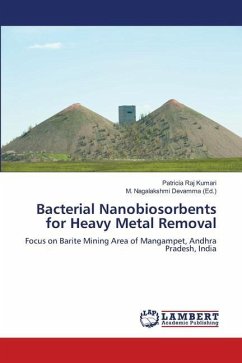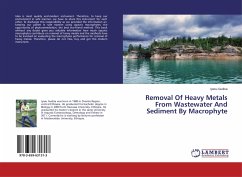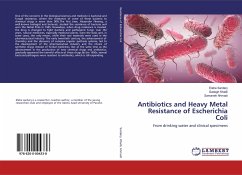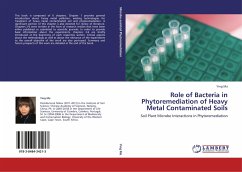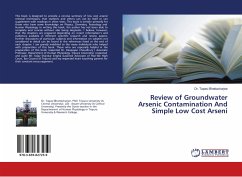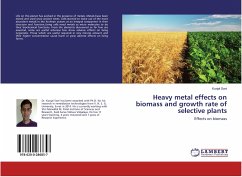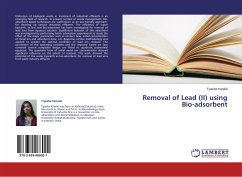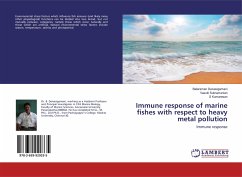Heavy metals are a class of metals and metalloids with an atomic density five times greater than that of water, however they can be dangerous at larger quantities. Mining is one of the anthropogenic sources of heavy metals that contributes to their larger concentration and environmental degradation. Accordingly, the largest bedded deposit in the world is the Mangampet Barite Mine deposit in the Kodur mandal of the Kadapa district, Andhra Pradesh. Earlier workers reported the mineralogical, geochemical, and petrological aspects of this mineralized area and confirmed that the deposit is of volcanic origin and is introducing high concentrations of heavy metals into the environment, which kills the majority of the microflora. However, this generates the selective pressure required for a few strains with metal resistance to arise. To capitalise on this ability for heavy metal absorption, the authors completed a research study to construct nanobiosorbents from resistant microbes isolated from the aforementioned region, which exhibits exceptional promise for the remediation of heavy metals of environmental damages, and the same has been provided to the readers through this book.
Bitte wählen Sie Ihr Anliegen aus.
Rechnungen
Retourenschein anfordern
Bestellstatus
Storno

